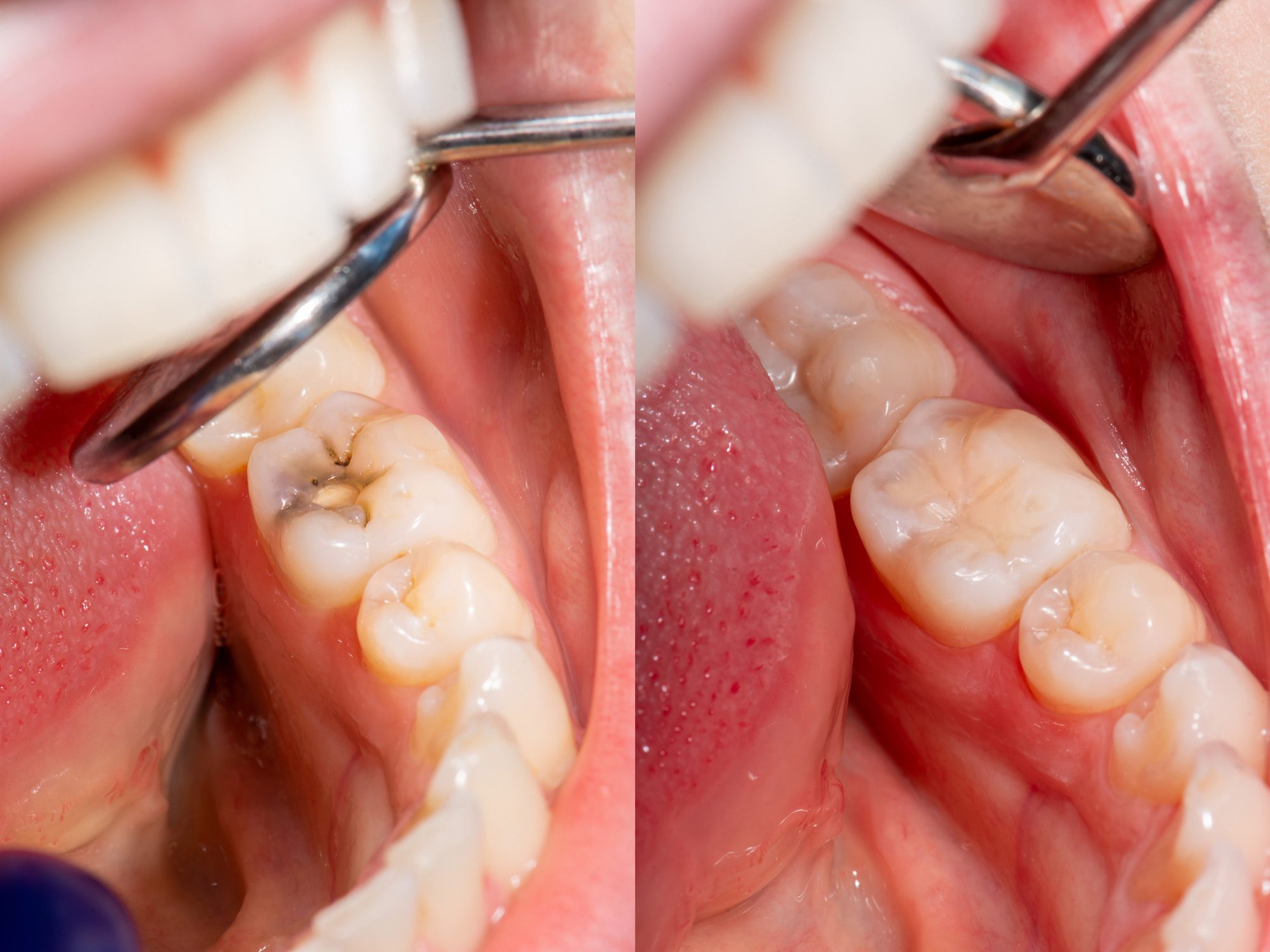When it comes to treating cavities, one of the most common procedures is a dental filling. Over the years, patients have had a choice between traditional silver (amalgam) fillings and more modern white (composite) fillings. Each option comes with its advantages and disadvantages, not just in terms of appearance and durability, but also when it comes to cost. Understanding the difference between the two types of fillings is key to making an informed decision. In particular, the Tooth Filling Cost in Dubai varies depending on which material you choose.
Let’s explore how silver and white fillings stack up against each other in terms of aesthetics, function, longevity, and cost so you can confidently choose the right one for your needs.
The Basics of Silver Fillings
Silver fillings, technically known as dental amalgam, have been used in dentistry for over a century. They’re composed of a mix of metals including silver, tin, copper, and mercury. These materials are blended into a durable compound that is known for its strength and resilience.
The biggest advantage of silver fillings is their durability. They tend to last longer than composite fillings, especially in areas of the mouth where chewing forces are high, such as the molars. However, the primary drawback is cosmetic. Silver fillings are dark in color and visibly stand out against natural tooth enamel, which can be a concern for people who prioritize appearance.
What Makes White Fillings Popular?
White fillings, or composite fillings, are made from a blend of plastic resin and finely ground glass particles. These materials are shaded to match the natural color of your teeth, making them virtually invisible once placed. This aesthetic benefit has made composite fillings a preferred choice for front teeth and visible areas of the mouth.
In terms of function, composite fillings bond directly to the tooth structure, which can help support the remaining tooth and reduce the risk of breakage. They also require less removal of the natural tooth structure during placement. However, they may not last as long as amalgam in areas with high chewing pressure unless maintained properly.
Comparing Durability
Durability plays a critical role in the decision between silver and white fillings. Amalgam fillings can last anywhere from 10 to 15 years or even longer. They are particularly well-suited for patients with heavy bite forces or those who tend to grind their teeth.
On the other hand, composite fillings typically last between 5 to 10 years. That said, recent advancements in dental materials have significantly improved their strength and wear resistance. With proper care and regular check-ups, many patients report long-term success with composite fillings, even on back teeth.
Aesthetic Differences
If you're concerned about how your teeth look, white fillings clearly have the upper hand. Composite material can be custom-matched to your tooth shade, allowing it to blend seamlessly. This is especially important for fillings in the front teeth or other visible areas.
Silver fillings, though effective, tend to darken over time and can sometimes cause a grayish tint to the surrounding tooth. For people who prioritize a natural smile, this can be a major drawback.
Sensitivity and Reaction
Another factor to consider is the potential for sensitivity. Silver fillings can expand and contract with temperature changes, which may lead to minor tooth cracks or sensitivity over time. Additionally, some people may experience allergic reactions to the metals used in amalgam, though such cases are rare.
Composite fillings, by contrast, tend to insulate the tooth better and can result in less temperature sensitivity. They also don’t contain mercury, a material sometimes questioned for its health impact, although studies continue to support the safety of amalgam in dental use.

Procedure Time and Placement
White fillings are more technique-sensitive to place. The process can take longer than placing silver fillings because the tooth must remain completely dry during placement for the composite to adhere properly. Silver fillings are less demanding in this regard, making them quicker to install.
Despite the longer process, many patients find the extra time worthwhile for the aesthetic and structural benefits of composite fillings.
Breaking Down the Cost
One of the biggest differences between these two types of fillings is cost. Silver fillings are typically less expensive due to their materials and quicker placement process. They remain a practical option for patients who need to treat several cavities and are less concerned with visibility.
Composite fillings, while more costly, offer enhanced cosmetic results and may require more time and skill to place. The price can also vary depending on the size of the cavity, the location of the tooth, and how many surfaces of the tooth are affected. For those prioritizing appearance, the investment in white fillings can feel worthwhile.
It's important to note that dental costs can vary depending on the region, and the Tooth Filling Cost in Dubai may differ from what is common elsewhere due to factors like technology, materials used, and clinic standards.
Which Filling Is Right for You?
Choosing between silver and white fillings ultimately depends on your personal priorities—whether it's aesthetics, longevity, cost, or a balance of all three. If you value durability and affordability, silver may be the right choice. If appearance and preserving tooth structure are more important to you, then white fillings could be ideal.
Always consult with a dental professional to evaluate your specific situation. They can guide you through the options and recommend the best filling material for your oral health and budget. And while appearance and price often lead the conversation, don’t overlook the importance of function, safety, and long-term dental wellness.
Whether you're addressing a single cavity or multiple fillings, knowing the differences between silver and white fillings helps you make a smart, informed choice—especially when considering the Tooth Filling Cost Dubai as part of your decision-making process.





Comments